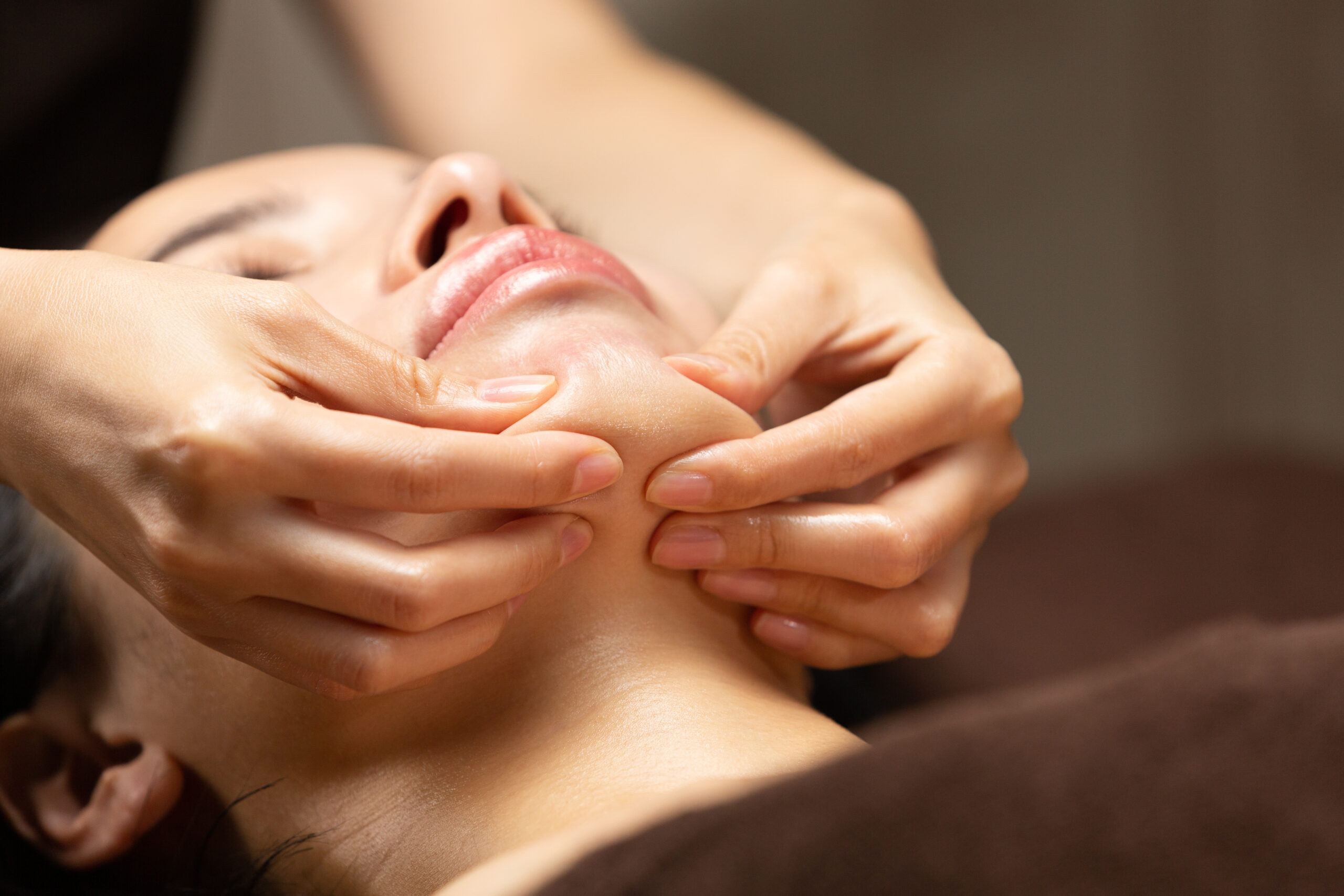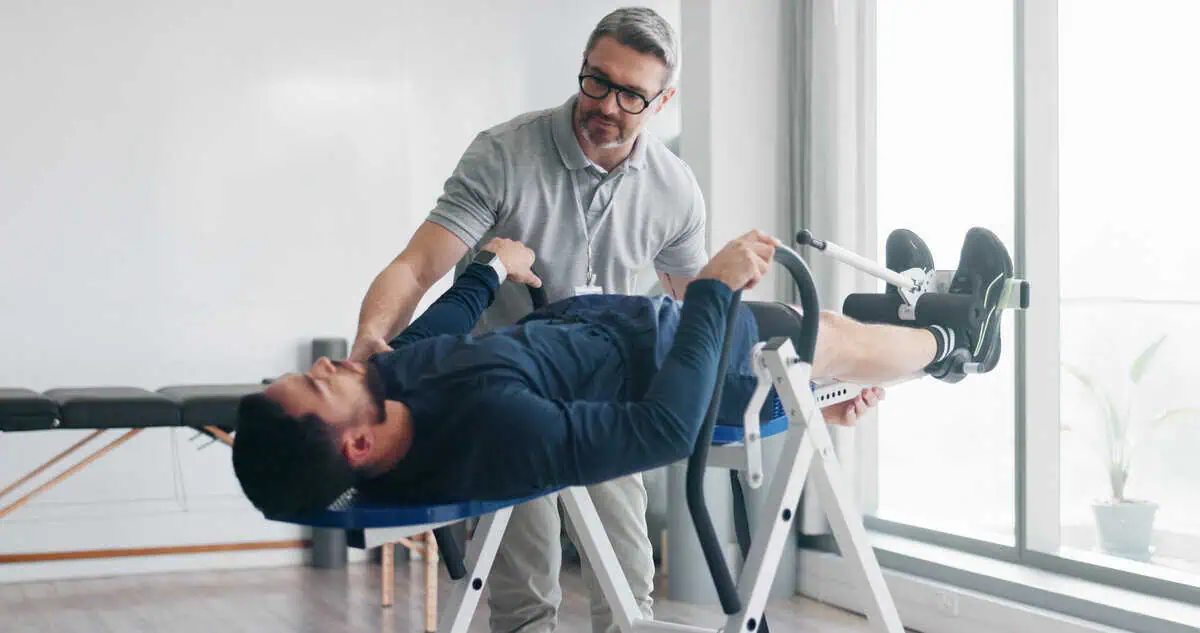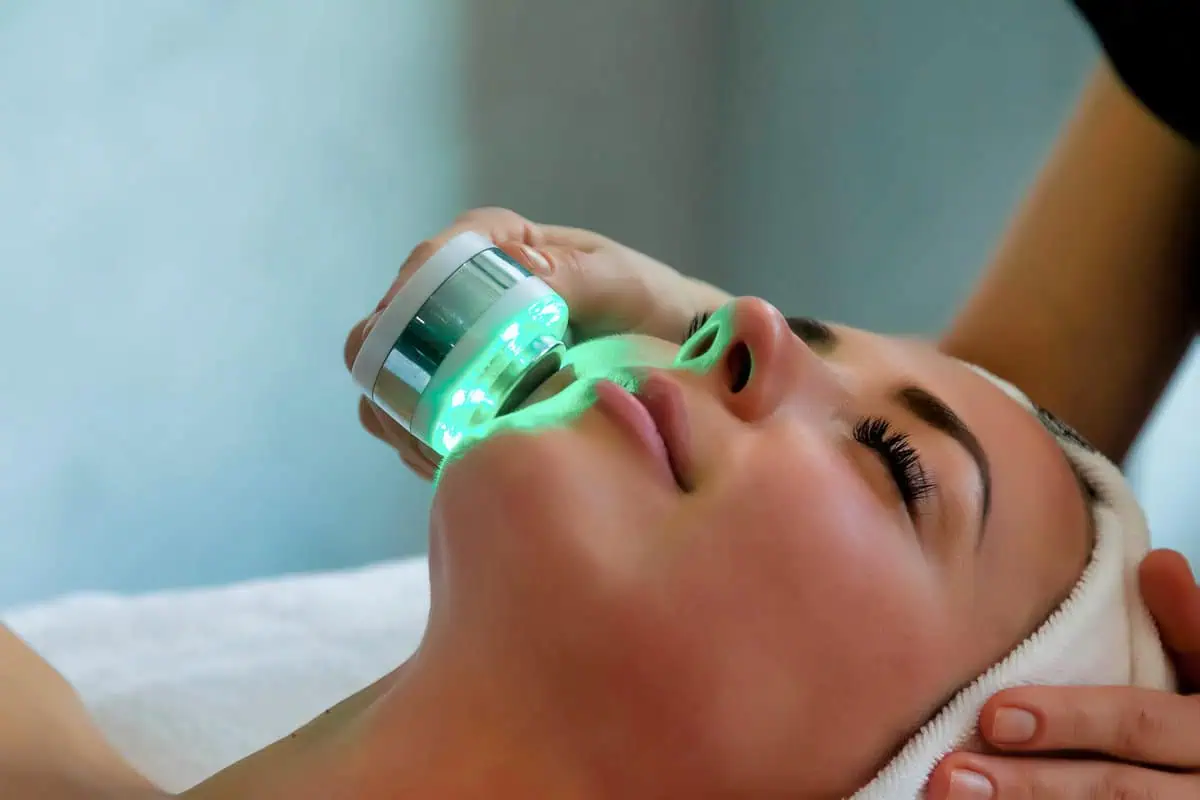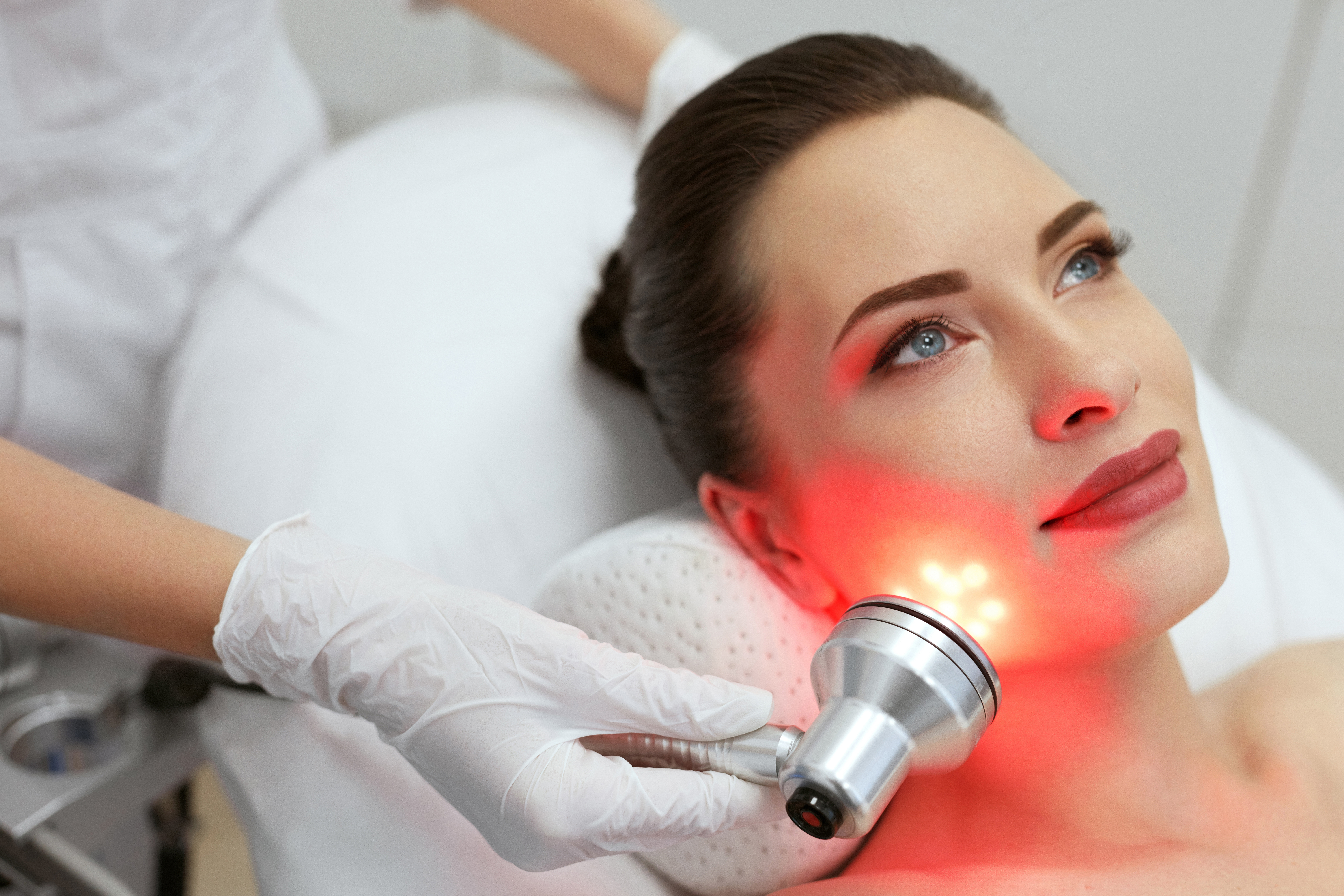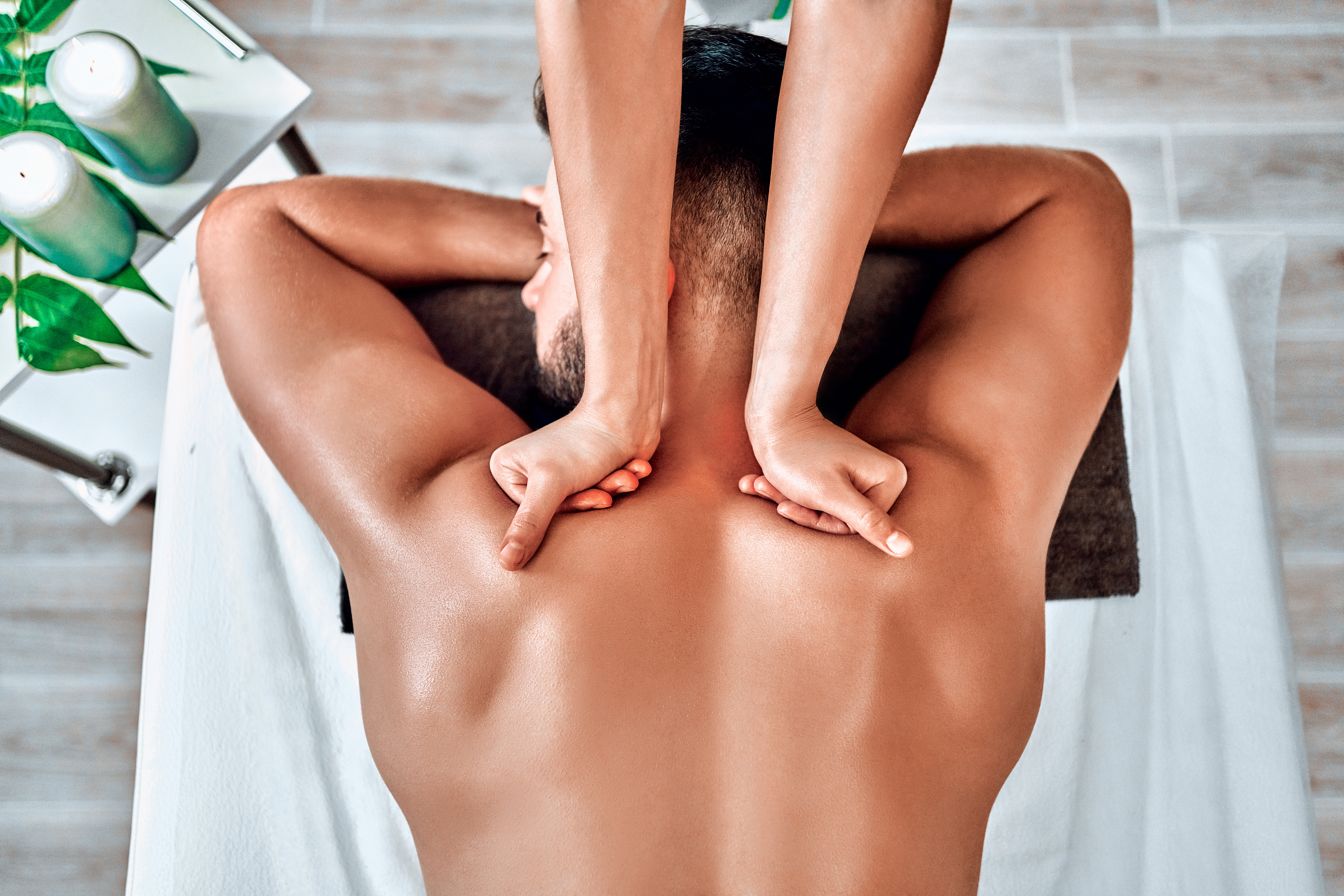If you’re spending countless hours hunched over a desk, staring at screens, or juggling endless deadlines, you’re not alone. For many office workers—often called “desk jockeys”—this daily grind takes a toll on the body. Stiff shoulders, an aching lower back, and tension headaches might already be familiar companions. The good news? Massage therapy offers an effective way to relieve these aches, restore mobility, and help you feel like yourself again.
The Hidden Costs of Desk Jobs
Let’s be honest: the modern office job isn’t doing your body any favors. Long hours of sitting, repetitive motions, and less-than-ideal posture can lead to a host of issues, including tight muscles, poor circulation, and chronic pain. Over time, this can snowball into bigger problems like sciatica, carpal tunnel syndrome, or even migraines. Add in workplace stress, and you’ve got a recipe for physical and mental burnout. Massage therapy steps in as a proactive, targeted solution that addresses these challenges head-on.
Tailored Massage Techniques for Office Workers
Not all massage therapies are created equal, and that’s a good thing. Depending on your needs, different techniques can deliver specific benefits. Here are some of the best options for office workers:
- Deep Tissue Massage: If you’re dealing with stubborn knots or chronic stiffness, deep tissue massage is your go-to. By working into the deeper layers of muscle and fascia, this technique targets the neck, shoulders, and lower back—all common problem areas for desk-bound professionals.
- Medical Massage: This isn’t just about relaxation; medical massage is focused on healing. Whether you’re recovering from a repetitive strain injury or managing chronic pain, this technique provides targeted relief and complements rehabilitation plans.
- Sports Massage: You don’t need to be an athlete to benefit from sports massage. It’s perfect for releasing tight hip flexors, improving flexibility, and preventing injuries caused by long periods of sitting.
Targeting the Trouble Spots
If you’re tied to a desk all day, some areas of your body are likely begging for attention. Massage therapy can work wonders in these key zones:
- Neck and Shoulders Constantly craning toward a screen? This can lead to stiffness and tension. Massage therapy improves circulation and relieves the tightness, helping you hold your head high—literally.
- Lower Back Prolonged sitting compresses the lower back, often causing pain and reduced flexibility. Massage helps release tension and restore proper alignment.
- Upper Back Poor posture often leads to knots and tightness in the upper back. Targeted techniques can release these areas, making everyday movements feel effortless again.
- Arms and Hands Typing all day? Your forearms, wrists, and hands could use some TLC. Massage therapy eases tension, improves circulation, and can even help prevent carpal tunnel syndrome.
- Legs and Hips Sitting for hours doesn’t just affect your back; it tightens your hip flexors and leaves your legs feeling heavy. Massage enhances flexibility and reduces soreness in these areas.
- Head and Scalp Tension headaches often originate from tight muscles in the neck and scalp. A massage can melt that tension away, leaving you clear-headed and focused.
Why Massage Therapy Works for Desk Workers
Massage therapy isn’t just a quick fix. It’s a comprehensive approach that tackles both the physical and mental strain of office work. Here’s how it helps:
- Relieves Pain By releasing tight muscles and improving circulation, massage reduces pain in commonly affected areas like the back, shoulders, and neck.
- Boosts Circulation Better blood flow means your muscles get the oxygen and nutrients they need to recover and stay flexible.
- Improves Mobility Tight muscles limit your range of motion. Massage therapy restores flexibility, making it easier to move comfortably throughout your day.
- Reduces Stress Beyond physical relief, massage lowers stress hormones, leaving you feeling more balanced and less overwhelmed.
- Supports Better Posture Releasing tight muscles helps your body realign itself, reducing strain on your spine and promoting a more natural posture.
- Prevents Chronic Issues Regular massage sessions address small issues before they become chronic, helping you stay ahead of potential problems.
- Enhances Productivity Feeling good physically and mentally translates to better focus and energy levels at work.
How Often Should You Book a Session?
The right frequency depends on your needs. If you’re dealing with acute pain or recovering from an injury, weekly sessions might be best. For general maintenance and stress relief, biweekly or monthly visits can keep you feeling your best. Regular sessions not only provide relief but also help prevent recurring issues.
Tips to Maximize the Benefits of Massage Therapy
Massage therapy works even better when paired with other healthy habits. Here’s how you can take your results to the next level:
- Optimize Your Workspace: Use an ergonomic chair with lumbar support and adjust your desk and screen height to reduce strain.
- Stretch Regularly: Simple stretches for your neck, shoulders, and lower back can do wonders in preventing stiffness.
- Stay Active: Strengthening your core and other key muscle groups supports better posture and reduces pain.
- Hydrate: Drinking water helps keep your muscles supple and aids in recovery after a massage.
FAQs About Massage Therapy for Office Workers
- How soon will I feel better after a massage? Many people experience immediate relief, while others notice improvements over the next few days as tension releases and circulation improves.
- Is massage therapy safe for everyone? Most people can safely enjoy massage therapy. However, if you have specific conditions like infections or uncontrolled hypertension, consult your doctor first.
- How long do the effects last? The benefits can last from a few days to several weeks, depending on the type of massage and your overall health. Regular sessions often provide longer-lasting results.
- Which areas should I focus on if I sit all day? The neck, shoulders, lower back, and hands are typically the most affected. Discuss your pain points with your therapist to customize the session.
- Can massage therapy improve my posture? Absolutely. By releasing tight muscles and promoting alignment, massage therapy supports better posture and reduces strain on your spine.
Takeaway
Massage therapy isn’t just about relaxing—it’s about reclaiming your comfort, mobility, and focus. Whether you’re looking for immediate pain relief or long-term prevention, tailored sessions like Deep tissue massage, Swedish massage, Sports massage, or even Trigger point massage can make a world of difference. At Massage Therapy in Holland, MI, McAlpine Chiropractic Group offers a range of options to suit your needs, from Aromatherapy massage to Hot stone massage, as well as specialized care like Prenatal massage and Postnatal massage.
Ready to prioritize your well-being? Take the first step by booking an assessment with a skilled Massage therapist today. Don’t miss out on our Limited Time Offer: Special Discounts on Massage Therapy. Your healthier, happier self is just one appointment away.
